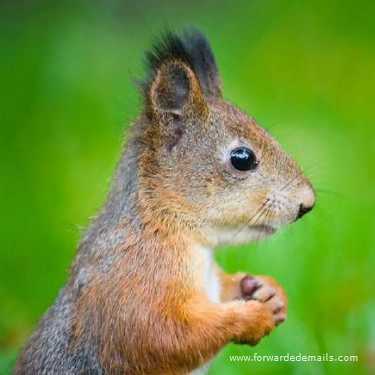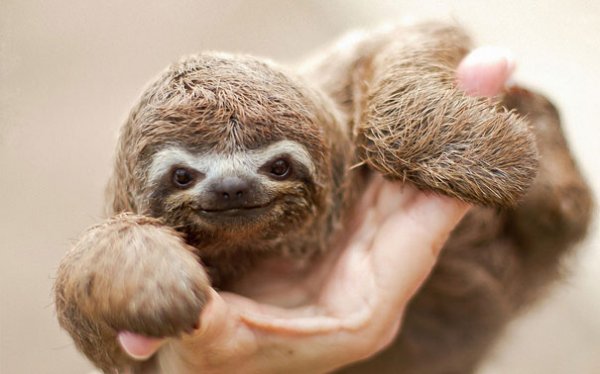Cute Pics Of Baby Animals Definition
Source(google.com.pk)
Warning: Reading this article puts you at extreme risk of cuteness overload! I can tell you that the word ‘Aaaahw!’ came from my mouth at least two hundred times while I was making this article. And while this sounds harmless in itself, I do feel the need to point out that, one look at these cute little fuzzballs alone, can reduce a grown man into a trembling mess of barely coherent speech and shrieks of girlish glee. So brace yourself, and enjoy this overview of the world’s cutest baby animals pictures!
Baby PandaLooking at cute images of baby animals may increase your performance, reveals a new study.
Researchers from Hiroshima University, Japan, conducted three different experiments to study the impact of viewing cute images on the performance of a task.
Cute (Kawaii in Japan) things are believed to send positive feelings and make us all happier. University students were asked to perform various tasks like playing board games and non-motor related puzzles to examine their performance.The first task involved a fine motor task, while the second experiment was a non-motor visual search task. The third task was performing a global-local letter task. In all three experiments, the performance of the students improved much better after viewing cute animals. Experts performed various trials using different pictures of animals.
During the first task, the students were asked to remove plastic body parts from the patient on a game board using tweezers. They were given a break of few minutes so as to have a mental recovery. At this time, one group was shown pictures of seven baby animal pictures and the other group was shown seven adult animal pictures. They were asked to rate them in the order of preference.
Experts found that the group which viewed the images of the cute baby animals like puppies and kittens improved their performance significantly than those students who were presented with adult animal pictures of dogs and cats.
They pointed out that the images had an effect on the behavioral patterns of the students. The images helped the students slow down their behavior and increased their focus to perform motor actions carefully.
For the second experiment, another set of 48 students were asked to perform operational tasks. While one group was shown adult baby pictures, the second group of 16 students was shown baby animal pictures. The third group was shown images of pleasant foods. The outcome was similar to the first experiment with respect to the first two groups.
However, there was no impact on the performance of third group of students who were shown images of food items.
In a similar manner, participants in the third experiment who were asked to perform visual puzzles showed quicker and accurate response to their tasks after viewing baby animal images.
The study concludes that viewing cute things will not only improve performance of tasks, but also instigates a careful behavior.
The findings of the study, "The Power of Kawaii: ViewingCute Images Promotes a Careful Behavior and Narrows Attentional Focus", are published in the journal PLOS ONE.
The first task involved a fine motor task, while the second experiment was a non-motor visual search task. The third task was performing a global-local letter task. In all three experiments, the performance of the students improved much better after viewing cute animals. Experts performed various trials using different pictures of animals.
During the first task, the students were asked to remove plastic body parts from the patient on a game board using tweezers. They were given a break of few minutes so as to have a mental recovery. At this time, one group was shown pictures of seven baby animal pictures and the other group was shown seven adult animal pictures. They were asked to rate them in the order of preference.
Experts found that the group which viewed the images of the cute baby animals like puppies and kittens improved their performance significantly than those students who were presented with adult animal pictures of dogs and cats.
They pointed out that the images had an effect on the behavioral patterns of the students. The images helped the students slow down their behavior and increased their focus to perform motor actions carefully.
For the second experiment, another set of 48 students were asked to perform operational tasks. While one group was shown adult baby pictures, the second group of 16 students was shown baby animal pictures. The third group was shown images of pleasant foods. The outcome was similar to the first experiment with respect to the first two groups.
However, there was no impact on the performance of third group of students who were shown images of food items.
In a similar manner, participants in the third experiment who were asked to perform visual puzzles showed quicker and accurate response to their tasks after viewing baby animal images.
The study concludes that viewing cute things will not only improve performance of tasks, but also instigates a careful behavior.
The findings of the study,
Cute Pics Of Baby Animals Free Pictures Images Photos Wallpaper Clipart 2013

Cute Pics Of Baby Animals Free Pictures Images Photos Wallpaper Clipart 2013

Cute Pics Of Baby Animals Free Pictures Images Photos Wallpaper Clipart 2013

Cute Pics Of Baby Animals Free Pictures Images Photos Wallpaper Clipart 2013

Cute Pics Of Baby Animals Free Pictures Images Photos Wallpaper Clipart 2013

Cute Pics Of Baby Animals Free Pictures Images Photos Wallpaper Clipart 2013

Cute Pics Of Baby Animals Free Pictures Images Photos Wallpaper Clipart 2013

Cute Pics Of Baby Animals Free Pictures Images Photos Wallpaper Clipart 2013

Cute Pics Of Baby Animals Free Pictures Images Photos Wallpaper Clipart 2013

Cute Pics Of Baby Animals Free Pictures Images Photos Wallpaper Clipart 2013

No comments:
Post a Comment